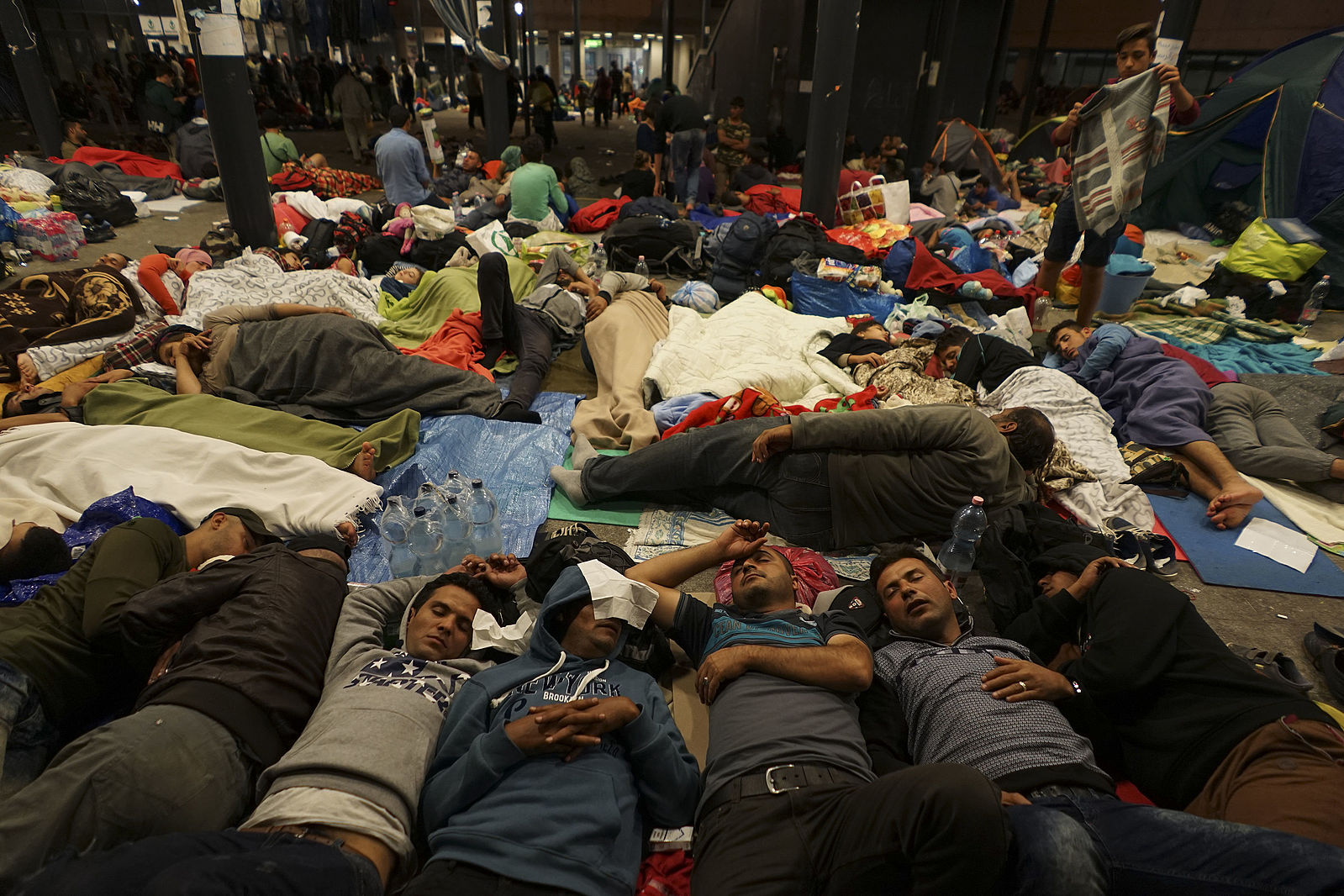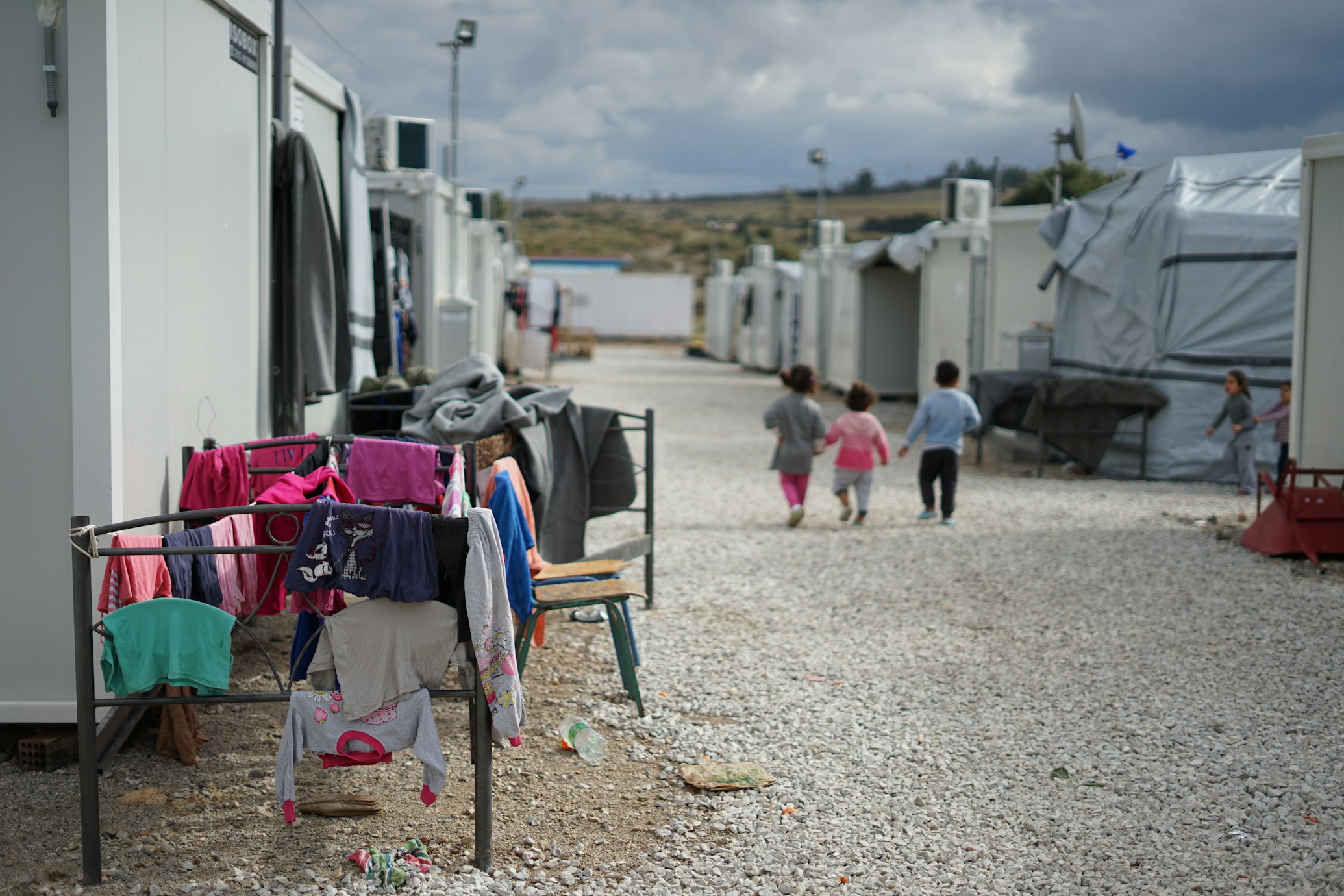Achieving Solidarity amongst the EU Member States in the Syrian Refugee Crisis

The European Union is currently challenged by a flow of refugees, that mostly originates from Syria. Last year, more than a million migrants and refugees crossed into Europe. We have all seen on the news that the EU member states meet some problems because of this refugee influx. While the member states are struggling individually to address the refugee crisis properly, the problem also receives attention at the EU level. An EU fund is set up to achieve solidarity amongst the EU member states in the current refugee crisis.
In 2014, the EU member states offered asylum to 184,665 refugees, while more than 570,000 migrants applied for asylum. The number of applicants is far from equally distributed among the EU member states. The countries in the South of the Union, bordering the conflict zone surrounding Syria, receive thousands of new refugees every day. The inflow is particularly strong in Greece, Italy and Hungary. Due to the uneven inflow and thus initial uneven distribution of refugees, which can be easily explained by geographical considerations, some countries face larger strains on their reception capacities and asylum systems than others. These countries are coincidentally also the EU member states that have had relatively weaker economies over the past years.
The solidarity that the fund is aspiring to accomplish remains a goal to be met.
Because of this, the EU has set the goal to support these countries that are challenged most. To accomplish this goal a common Union policy on asylum and immigration is called for. One way the EU member states are addressing this is trough practical cooperation and harmonization of legislation on the topic. Furthermore, solidarity with these member states is to be ensured by allocating resources in a proportional way. The Asylum, Migration and Immigration Fund (AMIF), which was adopted in 2014 and will run until 2020, is set up with a mandate based on solidarity between EU member states. With a total of EUR 3.137 billion for seven years, it aims promote the efficient management of migration flows.
The AMIF is predominantly used for national programs in the member states. Member states can apply for funding of national projects. Because it is assumed that the member states that need help the most will also propose the most projects, this aids to realize a division of the fund that is proportional to the amount of refugees in the member states. Furthermore, the fund rewards member states with lump sums per resettled refugee, submitted for resettlement consideration by UNHCR. This also assists in affirming that the member states that are taking in the biggest proportion of the refugees receive the most help. Next to that, it encourages other member states to take in more refugees too.
In theory, the funding is a great help for the member states that accept the biggest proportion of refugees in Europe. However, in practice, the allocation of the fund is slow, while the member states and refugees need immediate help. Also, it can be argued that the member states that are receiving thousands of refugees need more help than just funding. Thus, the solidarity that the fund is aspiring to accomplish remains a goal to be met.
Featured Image:
Mstyslav Chernov (https://commons.wikimedia.org/wiki/File:Syrian_refugees_having_rest_at_the_floor_of_Keleti_railway_station._Refugee_crisis._Budapest,_Hungary,_Central_Europe,_5_September_2015.jpg), „Syrian refugees having rest at the floor of Keleti railway station. Refugee crisis. Budapest, Hungary, Central Europe, 5 September 2015“, https://creativecommons.org/licenses/by-sa/4.0/legalcode



